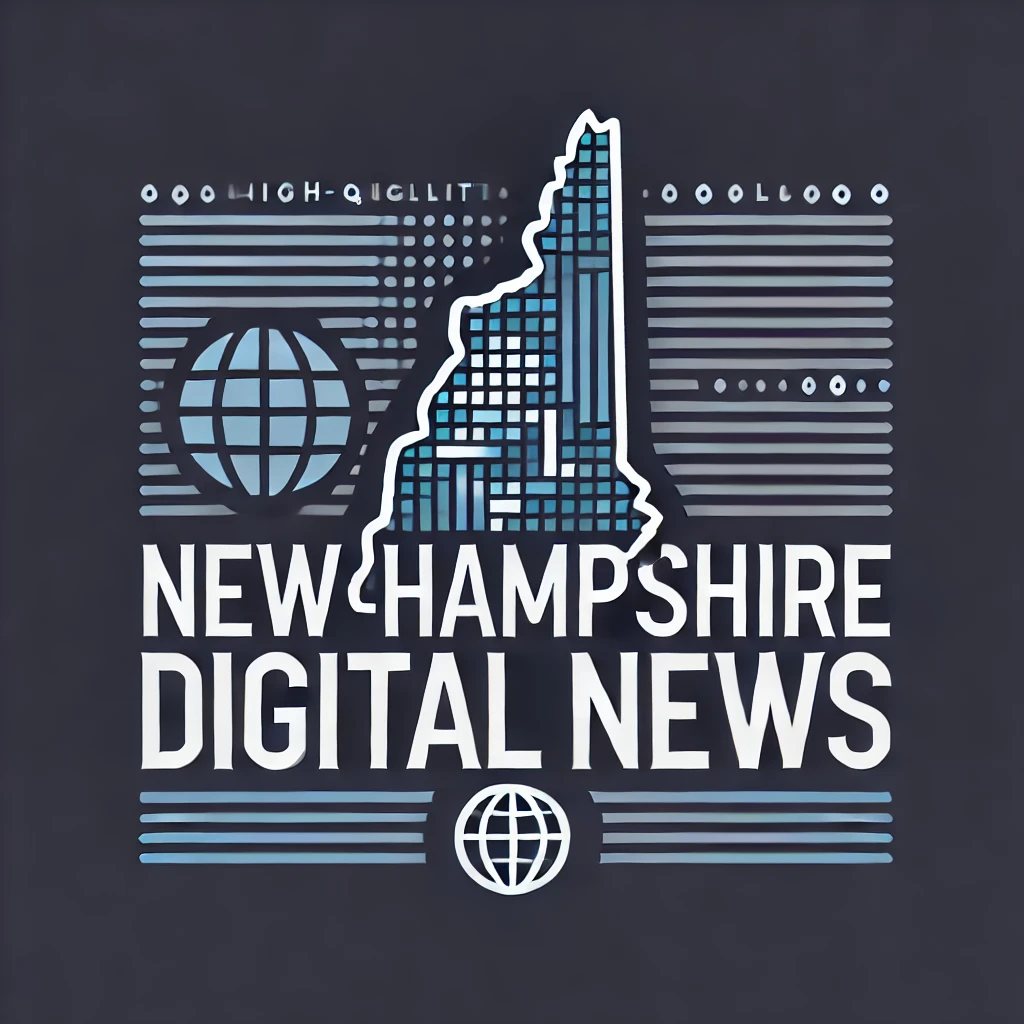Published: 2/14/2024
Reading Time: 3 minutes
Digital Badging is a digital credentialing system that has been around since the early 2000s. It was first used by Mozilla to recognize and reward users for their contributions to the open-source community. Since then, badging has become a popular way to recognize skills and achievements in various fields.
Why badging?
Digital badging in higher education has become a powerful tool for recognizing and validating various skills and achievements of students beyond traditional academic degrees. These digital credentials, often displayed in a student’s online portfolio or on social media profiles, offer a wide range of benefits for both institutions and learners as well as encouraging personalized and lifelong learning.
Reaching a goal, being rewarded and displaying your achievement can be motivational for learning. Badging is a way of recognizing and showcasing the skills and competencies that students acquire in higher education.
The benefits of digital badging
- Motivates and engages students to pursue learning goals and challenges.
- Provides evidence of specific and relevant skills that employers value and seek.
- Enhances students’ digital identity and portfolio, making them more visible and marketable.
- Creates pathways for lifelong learning and career development.
Advantages of digital badging for higher education
Digital badges allow higher education institutions to recognize and reward a diverse set of skills and accomplishments. Unlike traditional transcripts, which primarily reflect academic achievements, badges can acknowledge soft skills, competencies and extracurricular accomplishments. This recognition provides students with motivation to develop a well-rounded skill set, as they can showcase their achievements in a more comprehensive manner.
The concept of earning digital badges is naturally gamified, which can increase student engagement and motivation. As students work towards earning badges, they experience a sense of achievement and progress, like completing levels in a video game. This gamification element can make learning more enjoyable and productive.
Badging provides a way to demonstrate skills and competencies to potential employers and provides a way to fill the skills gap that exists in many industries. By earning badges in specific areas, students can show that they have the skills necessary to succeed in their chosen field.
Digital badges are easily accessible and portable, allowing students to carry their achievements with them throughout their academic and professional journeys. Whether applying for jobs, further education or internships, students can readily share their digital badges, eliminating the need for physical documents. They seamlessly integrate with e-portfolios, allowing students to curate a comprehensive collection of their achievements. This portfolio can be a valuable resource for job applications, showcasing a student’s capabilities and growth over time.
Closing the gap with MindTap Collections
Cengage, a leading provider of digital learning solutions, has partnered with Accredible, a digital credentialing platform, to offer digital badging in Introduction to Computing courses. Students who use MindTap Collections from Cengage can earn achievement badges for demonstrating proficiency in Microsoft Office 365 skills. These badges can be added to their digital resume, online portfolio or LinkedIn profile. Digital badging in MindTap Collections helps bridge the skills gap and help students prepare for the workforce.
Microsoft Office 365 is one of the most universally used platforms today, with over 1 billion users worldwide. In addition, Introduction to Computing courses are taken by 2.3 million college students annually. With these digital badges, students can clearly articulate that they have these skills, helping enhance their employability in a crowded job market.
Students can earn multiple digital badges in MindTap Collections, which can be “stacked” to create a more comprehensive and valuable credential. For example, a student may earn individual badges in each application, at various levels, and then combine them to demonstrate expertise in one or all.
Cengage badges include metadata that provides detailed information about the issuer, criteria for earning the badge and the specific achievement it represents. This information can be used to verify the authenticity and relevance of the badge, enhancing its credibility.
Discover how you can use badging in MindTap Collections for your Microsoft 365 course.





